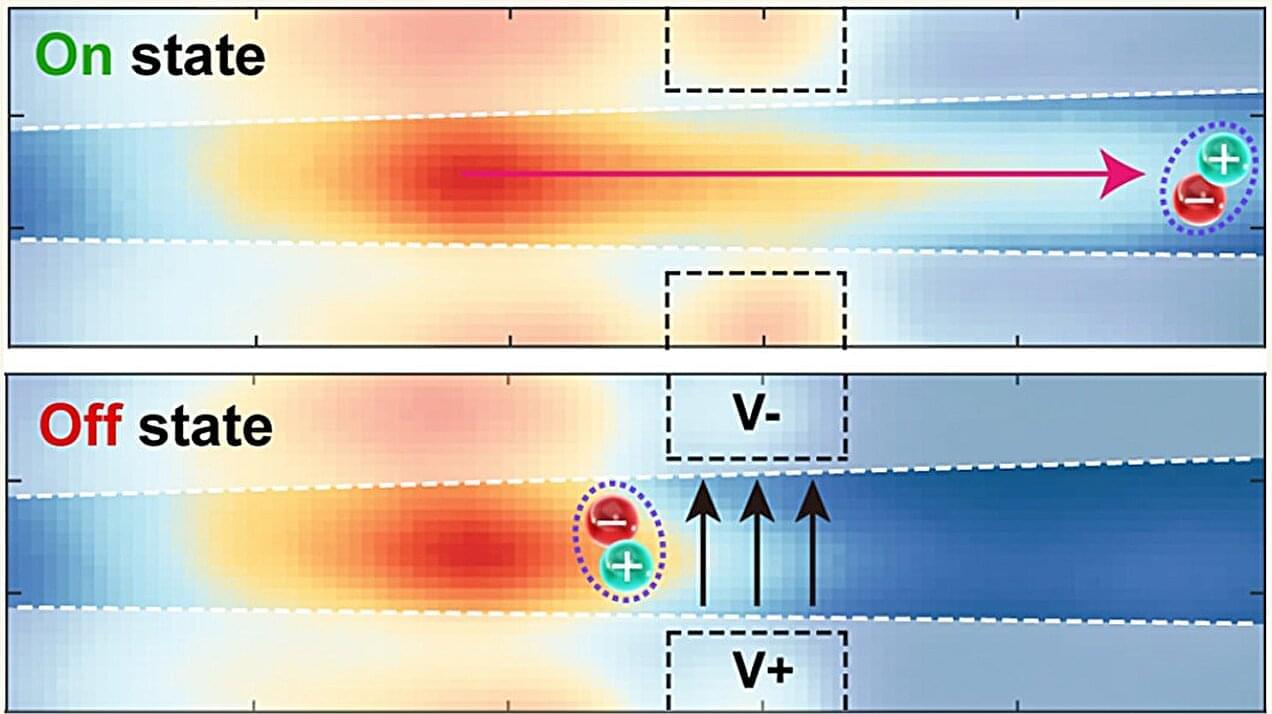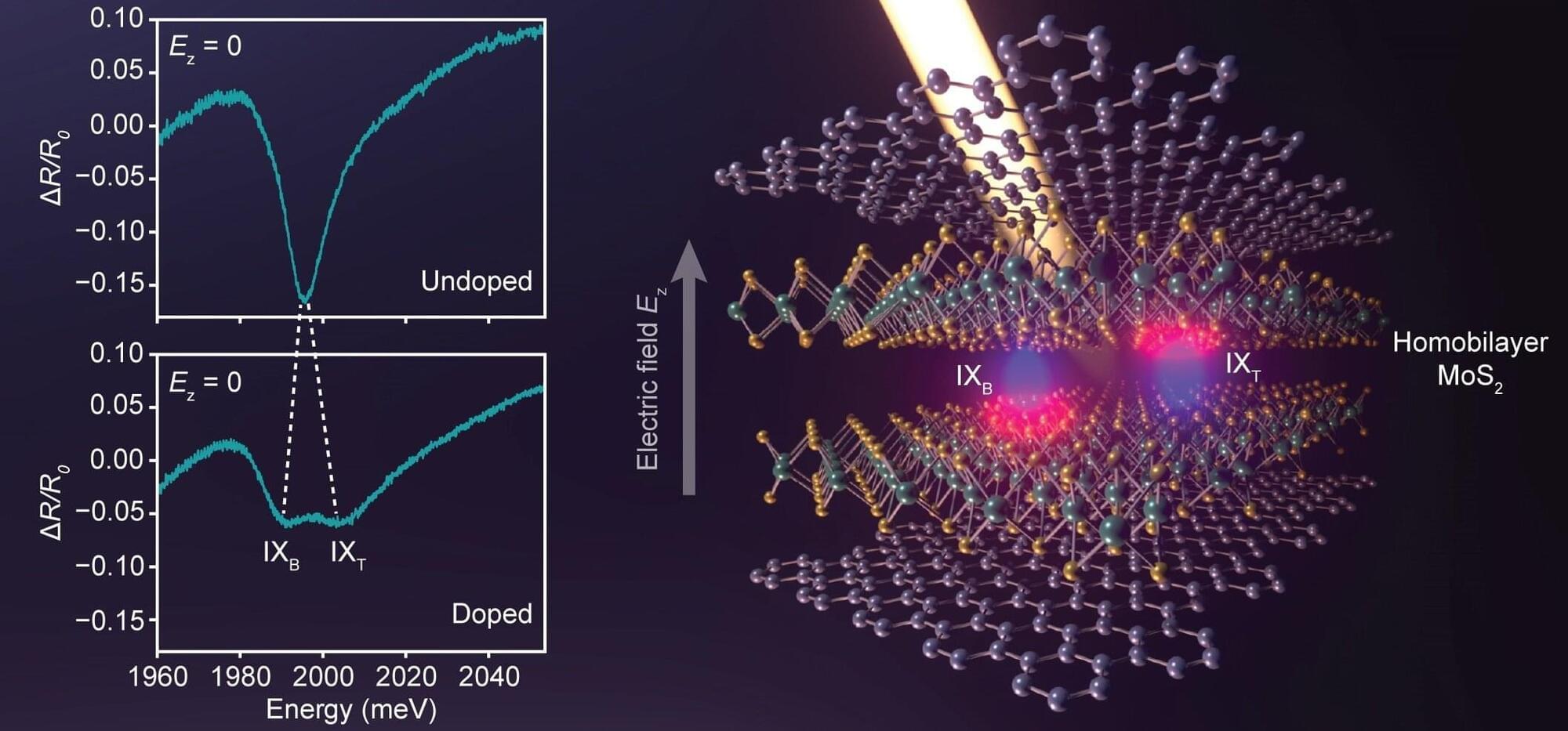An array of 6100 ultracold caesium atoms controlled by lasers is the largest collection of qubits ever assembled, and researchers hope they can soon turn it into the world’s most advanced quantum computer



The quantum many body problem has been at the heart of much of theoretical and experimental physics over the past few decades. Even though we have understood the fundamental laws that govern the behavior of elementary particles for almost a century, the issue is that many interesting phenomena are the result of the complex collective behavior of many interacting quantum particles. In the words of condensed matter theorist Philip W. Anderson: “More is different.”
Since simulating models with this many degrees of freedom exactly is entirely intractable computationally, approximations such as perturbation theory have been widely used to gain insight into their behavior. However, this approach requires that the theory is close to non-interacting, which renders it unusable in many cases of physical interest.
More recently, an approach based on insights from quantum information theory has shown great promise for tackling these non-perturbative regimes. It was understood that the low-energy quantum states of local models display relatively little entanglement compared to generic quantum states, a feature that is exploited in tensor network methods.

The field of ultrafast magnetism explores how flashes of light can manipulate a material’s magnetization in trillionths of a second. In the process called all-optical switching (AOS), a single laser pulse of several femtoseconds (≈10-15 seconds) duration flips tiny magnetic regions without the need for an externally applied magnetic field.
Enabling such an ultrafast control over magnetization, orders of magnitude faster than what can be achieved using a conventional magnet-based read/write head as in a magnetic hard drive, AOS is a promising candidate for novel spintronics devices that use magnetic spins with their associated magnetic moments as information carriers. Such devices typically consist of a stack of nanometer-thin materials, with the actual magnetic material being one of them.
Until now, the switching process was thought to happen uniformly in the magnetic material wherever the laser pulse deposits a sufficient amount of energy. In a study recently published in Nature Communications, researchers from the Max Born Institute together with collaborators from Berlin and Nancy revealed that this is not the case. Instead, there is an ultrafast propagation of a magnetization boundary into the depth of the material.


Quantum entanglement – once dismissed by Albert Einstein as “spooky action at a distance” – has long captured the public imagination and puzzled even seasoned scientists.
But for today’s quantum practitioners, the reality is rather more mundane: entanglement is a kind of connection between particles that is the quintessential feature of quantum computers.
Though these devices are still in their infancy, entanglement is what will allow them to do things classical computers cannot, such as better simulating natural quantum systems like molecules, pharmaceuticals, or catalysts.

Electronic devices lose energy as heat due to the movement of electrons. Now, a breakthrough in nanoengineering has produced a new kind of switch that matches the performance of the best traditional designs while pushing beyond the power-consumption limits of modern electronics.
Researchers from the University of Michigan have achieved what scientists have been trying to execute for a long time: designing electronics that harness excitons—pairs of an electron and a corresponding hole (a missing electron) bound together forming a charge-neutral particle—instead of electrons.
The newly designed nanoengineered optoexcitonics (NEO) device featured a tungsten diselenide (WSe2) monolayer on a tapered silicon dioxide (SiO2) nanoridge. The switch achieved a 66% reduction in losses compared to traditional switches while surpassing an on–off ratio of 19 dB at room temperature, a performance that rivals the best electronic switches available on the market.

Excitons, bound states between an electron (i.e., a negatively charged particle) and a hole (i.e., the absence of an electron) in materials, are a key focus of condensed matter physics studies. These bound states can give rise to interesting and uncommon quantum physical effects, which could be leveraged to develop optoelectronic and quantum technologies.
Over the past few years, physicists have observed a particular type of excitons, known as interlayer excitons, in various materials with two layers (i.e., bilayer materials). An interlayer exciton is a bound state between an electron and a hole that reside in two different layers of a material.
Researchers at Harvard University and other institutes recently observed an unconventional hybridization between interlayer excitons in a bilayer semiconductor, comprised of two layers of molybdenum disulfide (MoS₂).

The neutral atom array architecture for quantum computing has been rapidly advancing over the last several years, and a recent study published in Nature has just revealed another step forward for this technology. The team of Harvard researchers involved in this study have engineered a 3,000-qubit neutral atom array system capable of operating continuously for more than two hours, which goes far beyond typical trap lifetimes of only about 60 seconds.
Typically, neutral atom array systems arrange neutral atoms, like rubidium, in an array using highly focused laser beams, called optical tweezers. The individual atoms are arranged and held under vacuum conditions and then used as qubits to perform quantum computing and other operations. However, the procedure results in the loss of some atoms.
“An outstanding challenge associated with these systems involves atom loss, originating from errors in entangling operations, state-readout, and finite trap lifetime. Atom losses necessitate pulsed operation which limits the performance of these quantum systems, including the circuit depth of quantum computation, accuracy of atomic clocks, and the rate of entanglement generation in quantum networking protocols,” the study authors explain.

Dark matter remains one of the biggest mysteries in fundamental physics. Many theoretical proposals (axions, WIMPs) and 40 years of extensive experimental searches have failed to provide any explanation of the nature of dark matter.
Several years ago, in a theory unifying particle physics and gravity, new, radically different dark matter candidates were proposed: superheavy charged gravitinos.
Now, a paper published in Physical Review Research by scientists from the University of Warsaw and Max Planck Institute for Gravitational Physics shows how new underground detectors, in particular the JUNO detector starting soon to take data, even though designed for neutrino physics, are also extremely well suited to eventually detect charged dark matter gravitinos.

Although the building blocks of life such as hydrogen and oxygen appear stable to us, many theories of physics predict that they are actually just tremendously long-lived, with the particles found in their nuclei slowly, but ultimately decaying.
To investigate this idea, researchers have been hunting for evidence of this decay by looking for faint signals of decaying protons in Japan’s Super-Kamiokande observatory.
So far, no definitive signals of proton decay have emerged, implying that if the proton does decay, it probably has a lifetime exceeding 1033 years—that’s 10 with 32 zeros behind it.